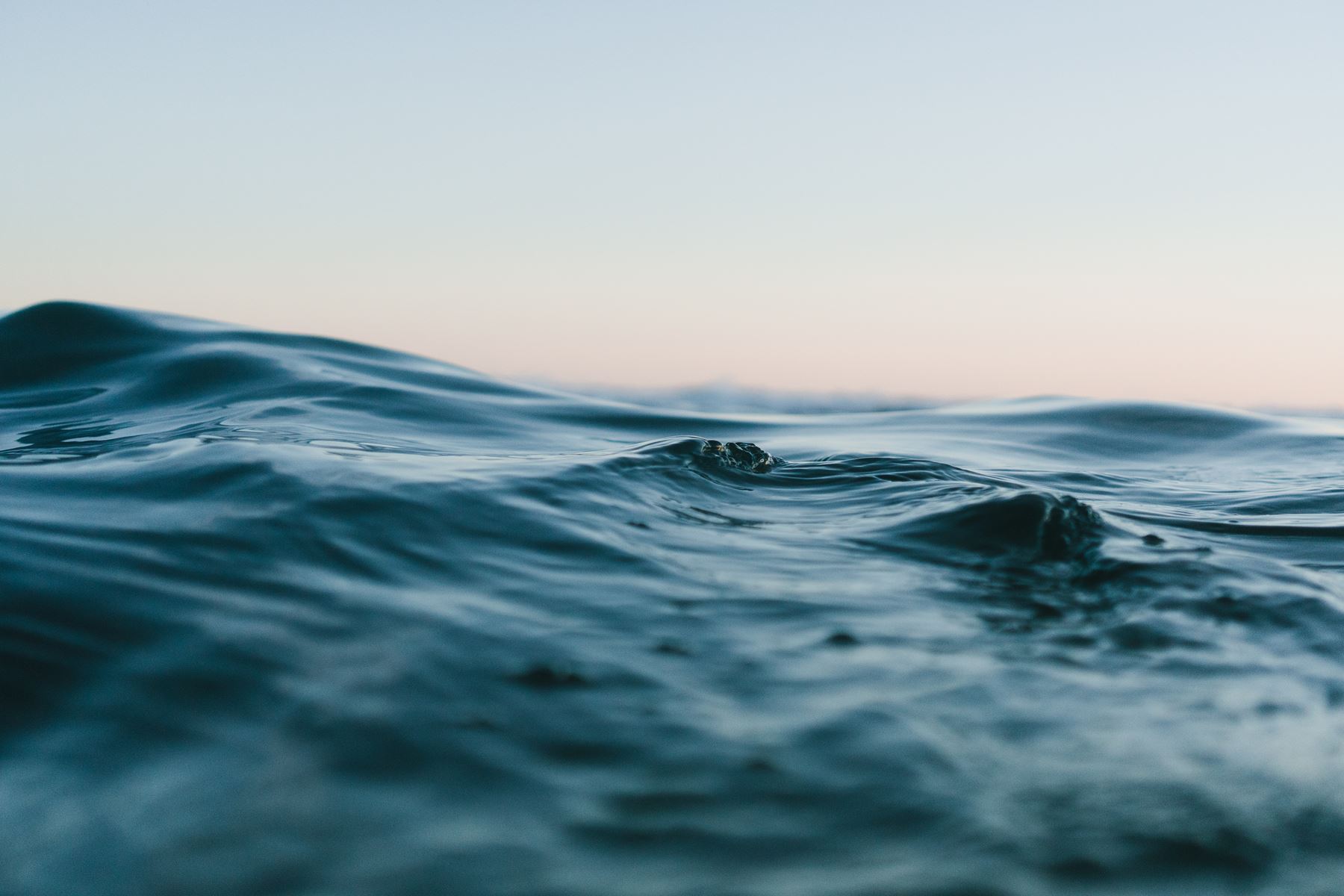Microplastics
Microplastics are very small fragments of plastic material, less than 5 mm. They can be harmful to health and the environment due to their size, surface properties and resistance to degradation. They have been found at sea in sediments, sludge from water treatment plants, agricultural soil, Arctic sea ice as well as Antarctic freshwaters.

Microplastics have been detected in various aquatic organisms across the food chain, from zooplankton to vertebrates, and recently microplastics were detected in human blood and placentas. Currently, there are insufficient scientific knowledge and disagreement about the effects of microplastics, especially under natural conditions (see References below).
How does the Nordic Swan Ecolabel contribute?
Nordic Ecolabelling requirements use the precautionary principle and strive to limit the use of microplastics wherever possible.
Intentionally added microplastics in Nordic Swan Ecolabel products are generally prohibited. Currently, microplastics are banned in hand dishwashing detergents, cleaning products, laundry detergents and cosmetics (except for water-resistant sunscreen, where there is a lack of alternatives).
The goal is to reduce the amount of microplastics into the environment and prevent the release of secondary microplastics when future technical solutions are available. For example:
- Nordic Swan Ecolabel textile services must take measures to reduce microplastic emissions,
- The use of single-use plastics in Nordic Swan Ecolabel hotels and food services are restricted.
Definition of “microplastics”
There is no internationally recognised or standardised definition of microplastics. Nordic Ecolabelling currently uses the same definition as the EU Commission uses in the EU Ecolabel:
‘Microplastic’ means particles with a size of below 5 mm of insoluble macromolecular plastic, obtained through one of the following processes:
- a polymerisation process such as polyaddition or polycondensation or a similar process using monomers or other starting substances,
- chemical modification of natural or synthetic macromolecules,
- microbial fermentation.
The EU has suggested a definition in its proposal to ban intentionally added microplastics in certain products. Nordic Ecolabelling follows the development of the restriction proposal as well as the definition to ensure that our requirements are in line with new regulations and technological developments.
More environmental background
Microplastics can physically affect organisms by taking up space in their guts or because they carry harmful chemicals. Microplastics can accumulate in living organisms, such as fish and shellfish, and humans can uptake microplastics through air, food and water.
It is common to distinguish between primary and secondary microplastics:
- Primary microplastics are deliberately manufactured and added to products for a specific purpose, such as scrubbing agents in detergents and in personal care products like lotion and soap. They are also used in construction materials and in fertilizers and pesticides for agriculture. Microplastics from production and washing of textiles can also be regarded as primary.
- Secondary microplastics are inadvertently formed when larger pieces of plastics wear. Such microplastics originate from tires, artificial grass on football fields, synthetic textile fibres and single-use plates and straws.